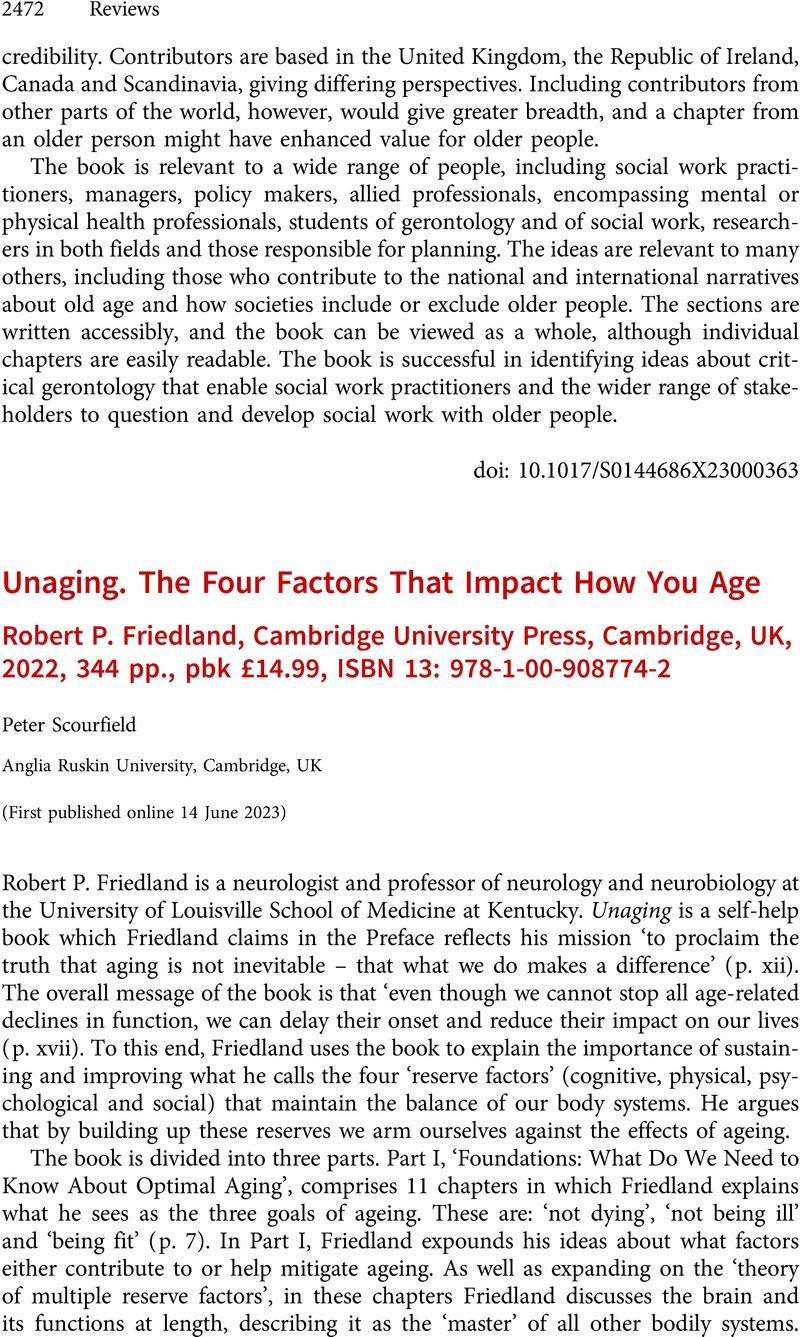Crossref Citations
This article has been cited by the following publications. This list is generated based on data provided by Crossref.
Ji, Qianqian
Chen, Jingqi
Li, Yafei
Tao, Enxiang
and
Zhan, Yiqiang
2024.
Incidence and prevalence of Alzheimer’s disease in China: a systematic review and meta-analysis.
European Journal of Epidemiology,
Vol. 39,
Issue. 7,
p.
701.



